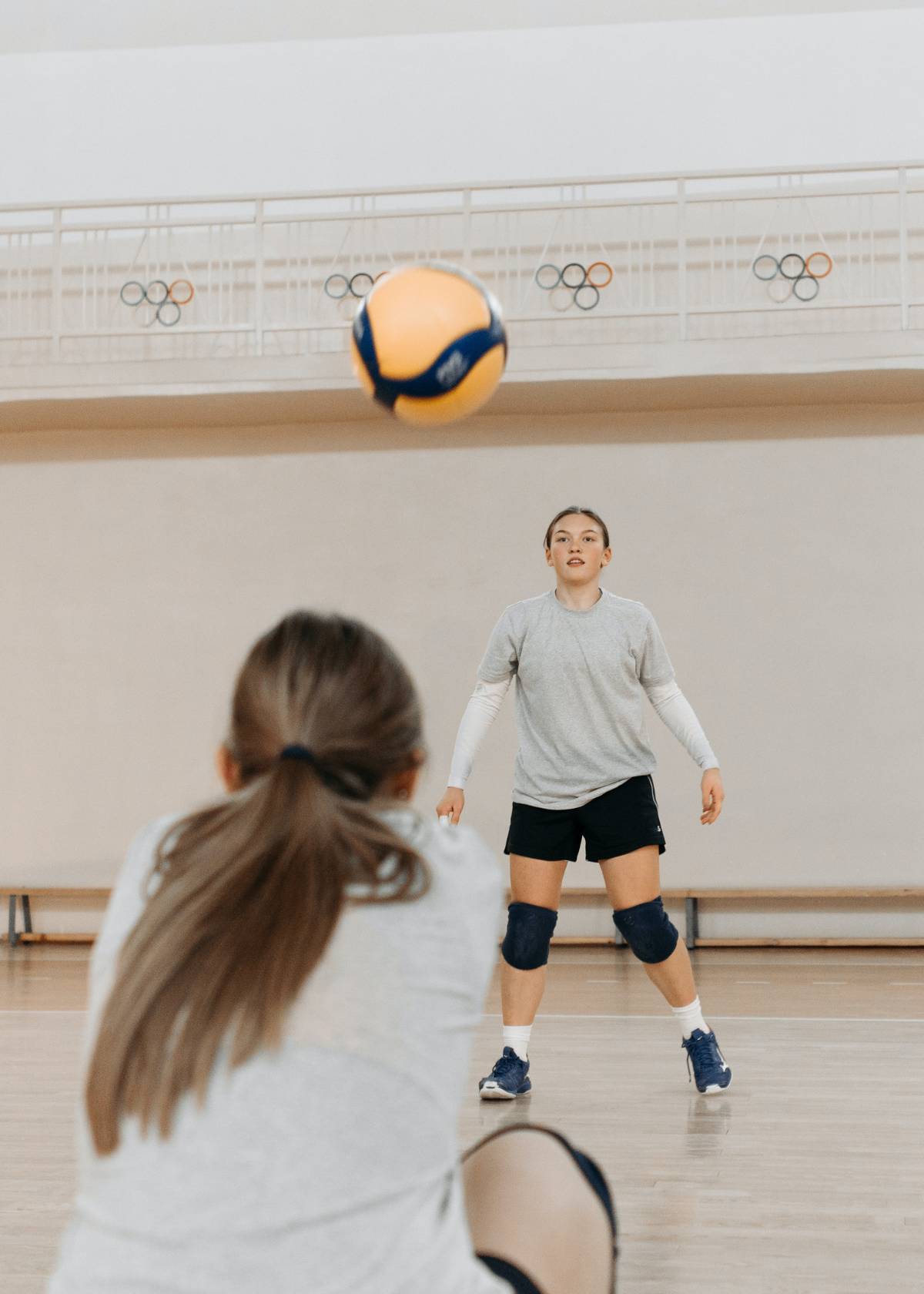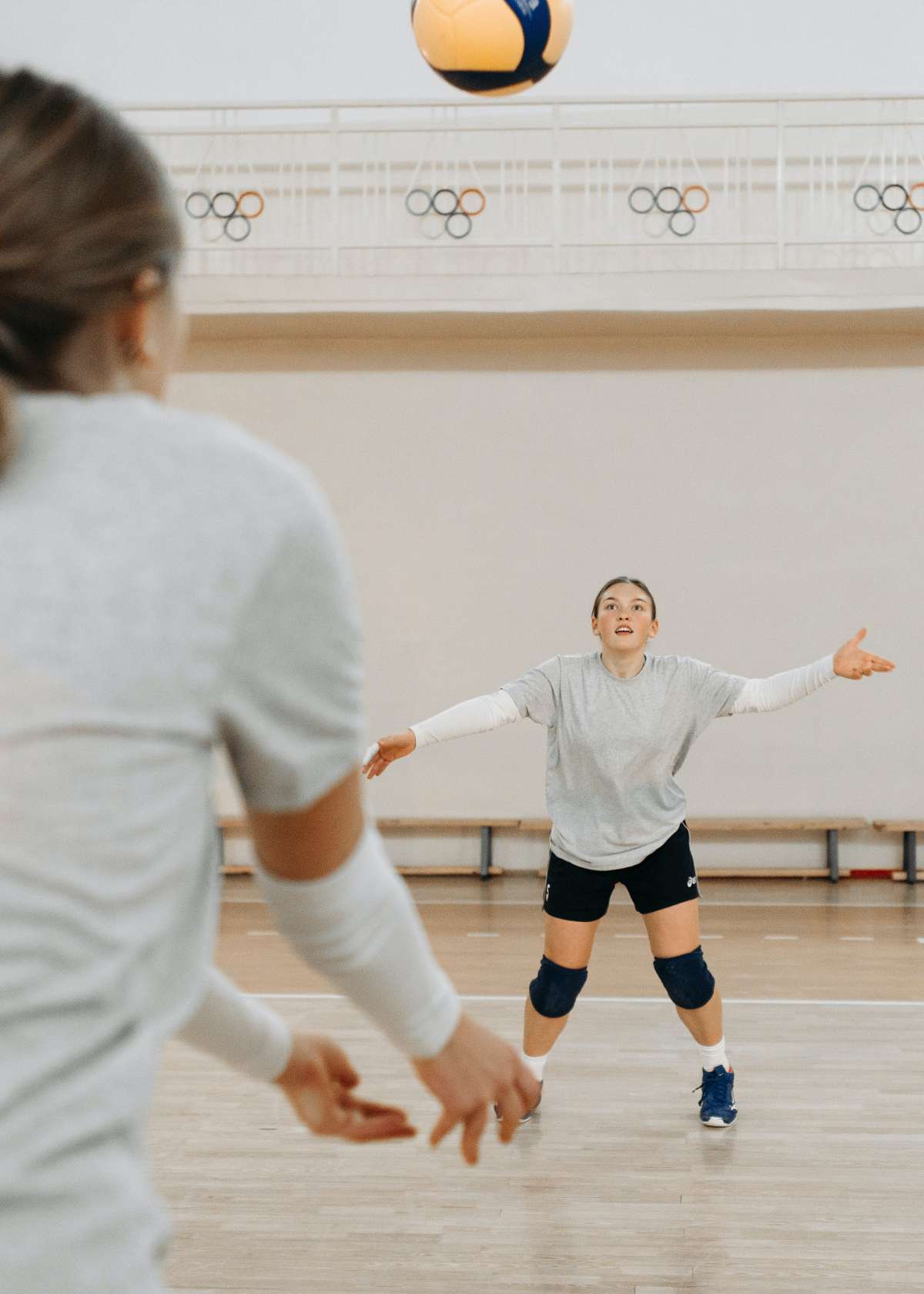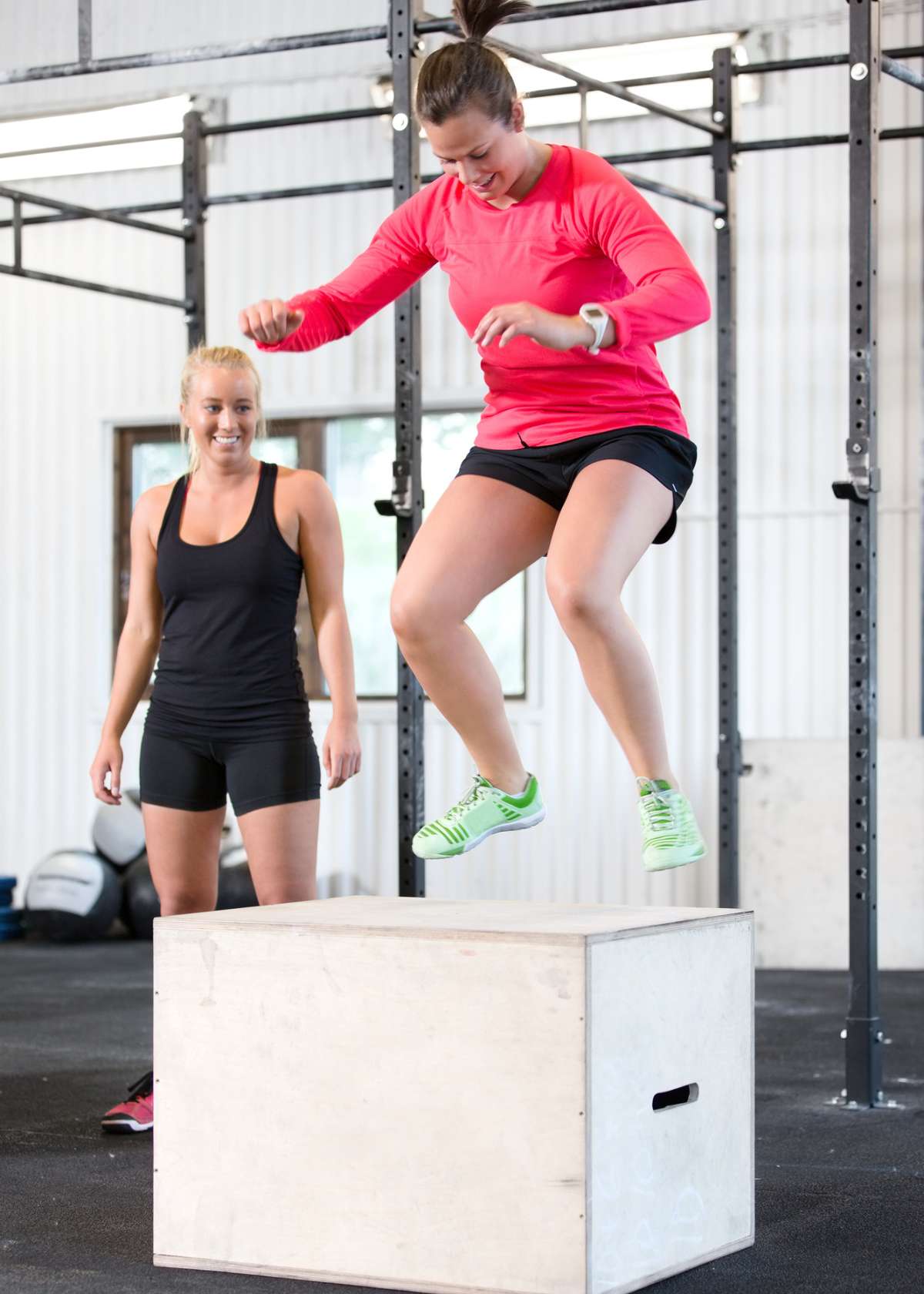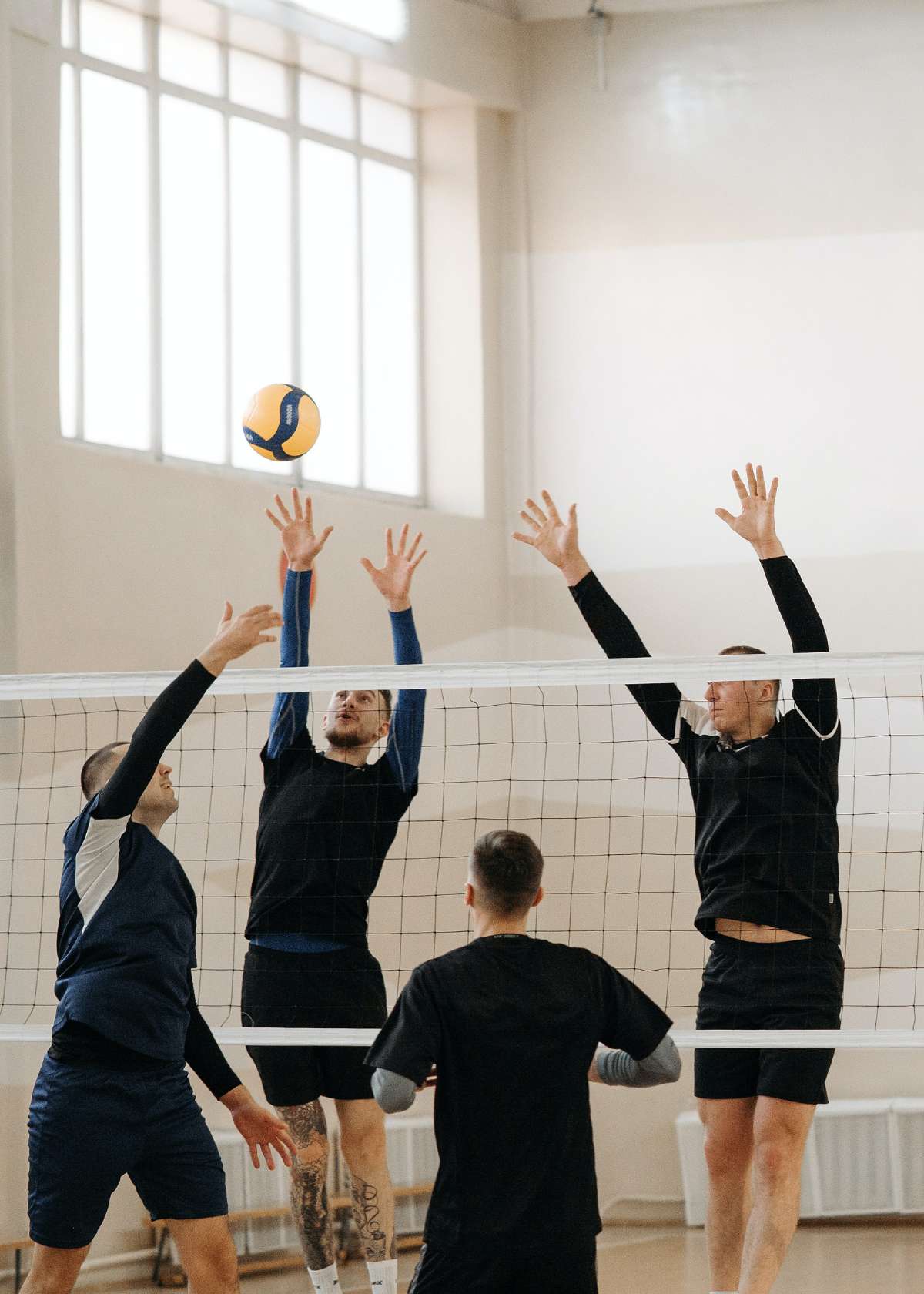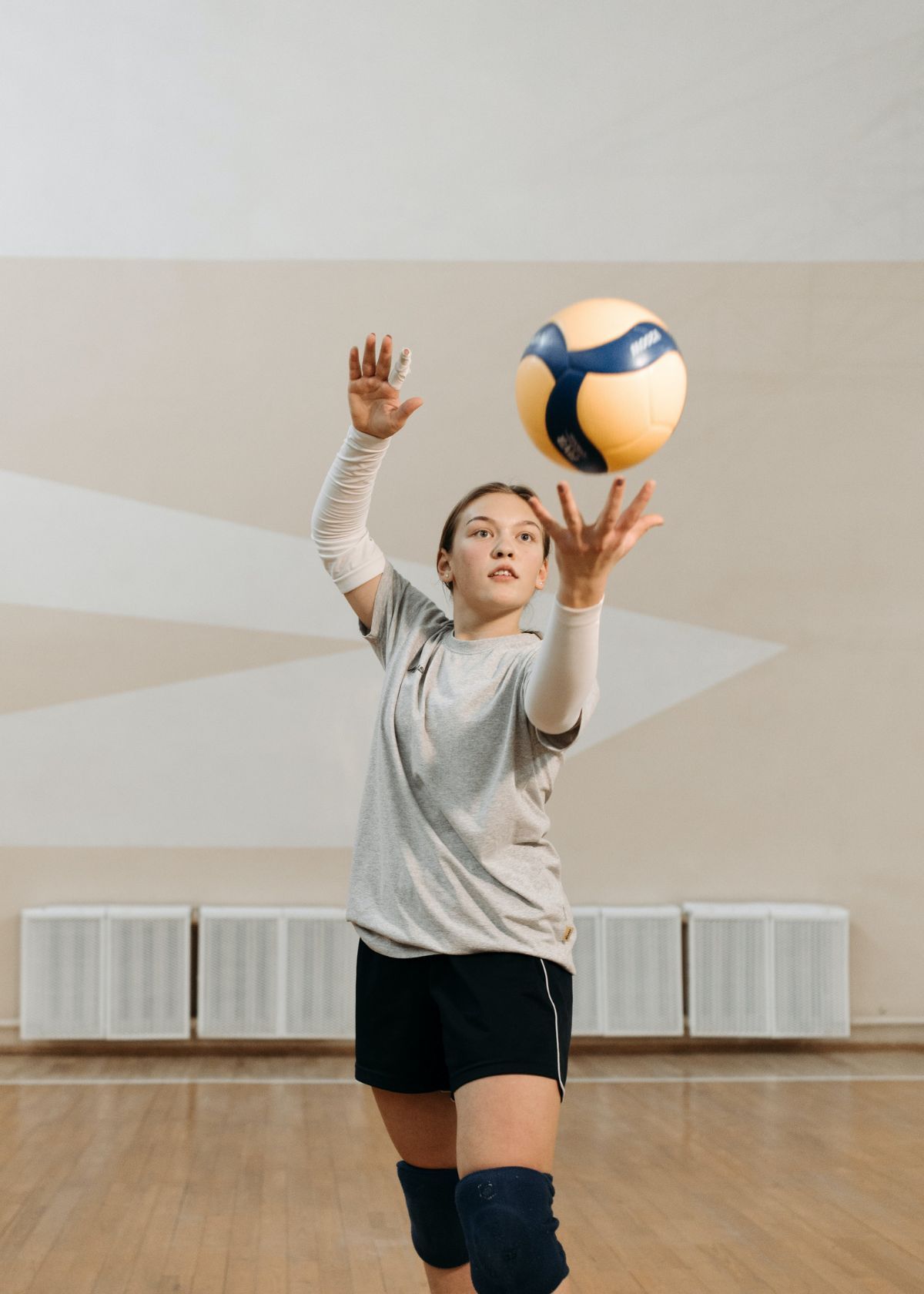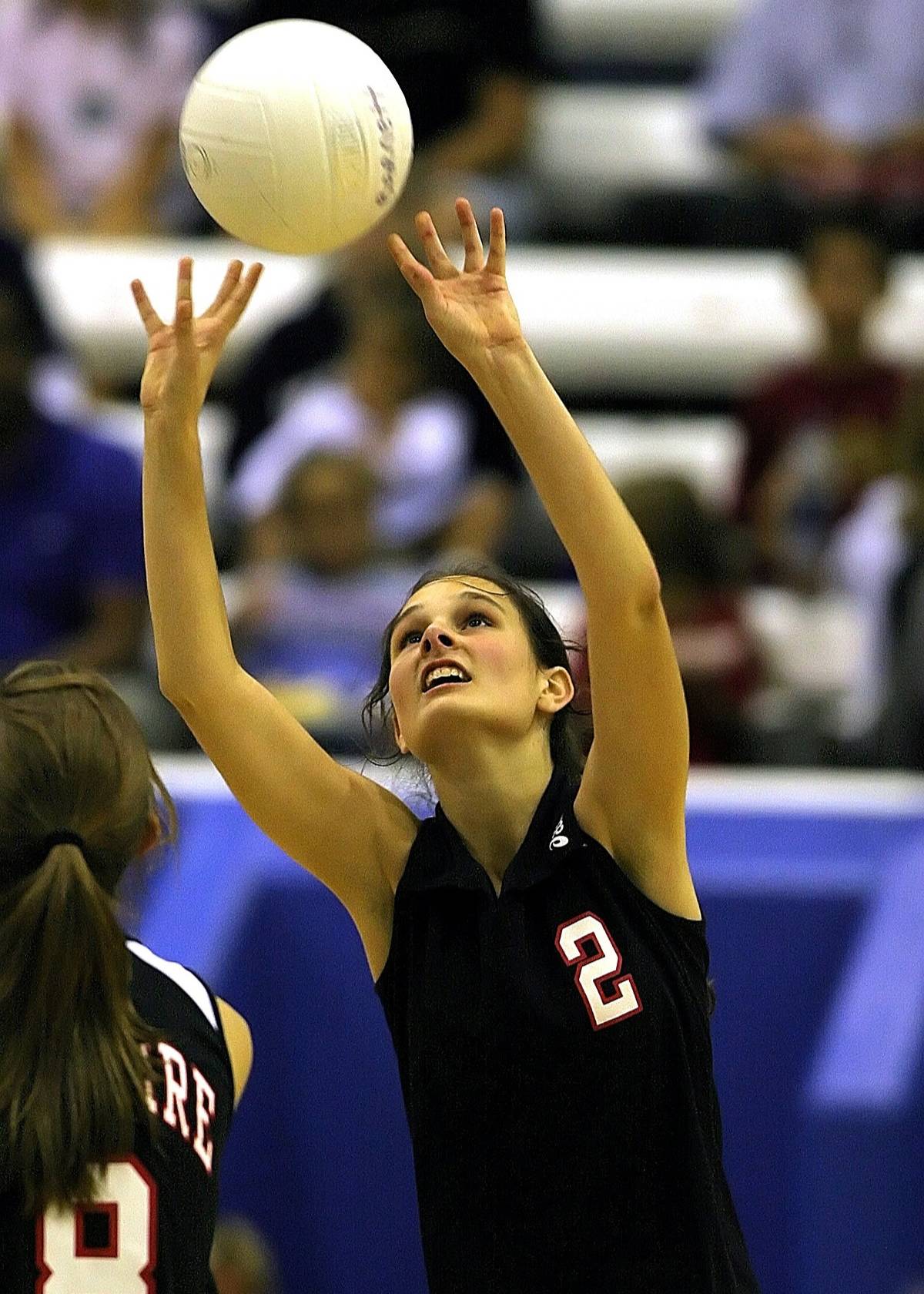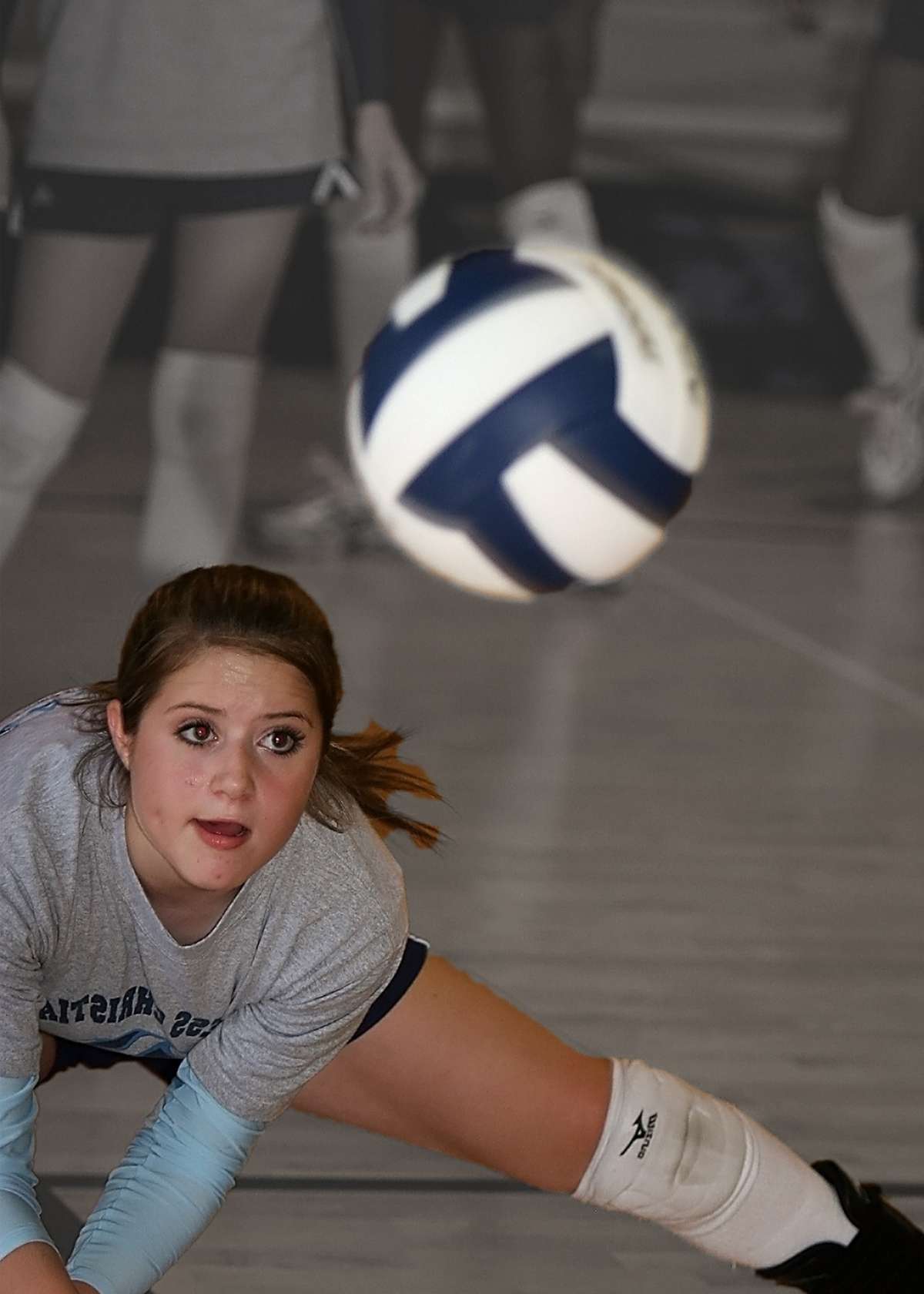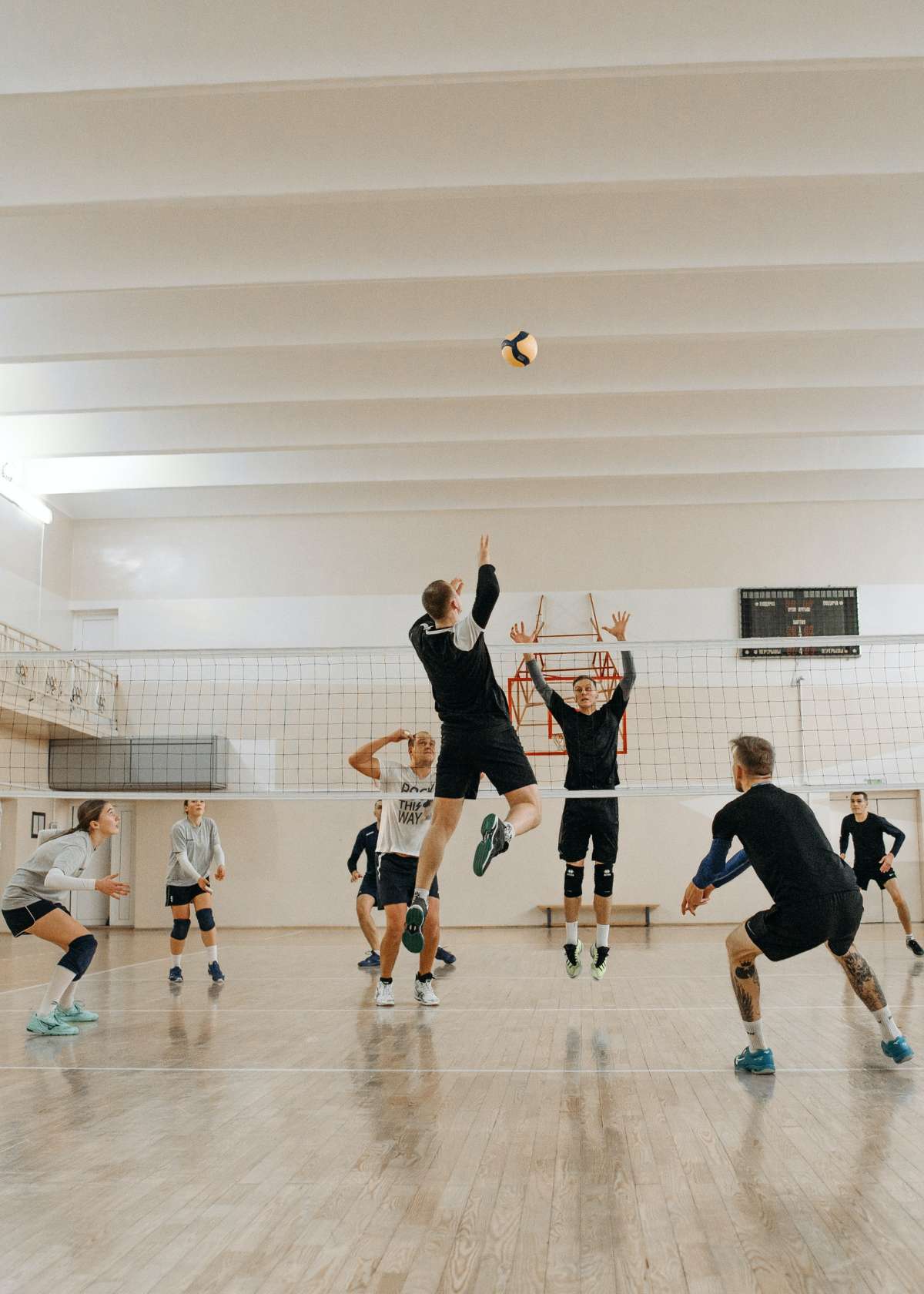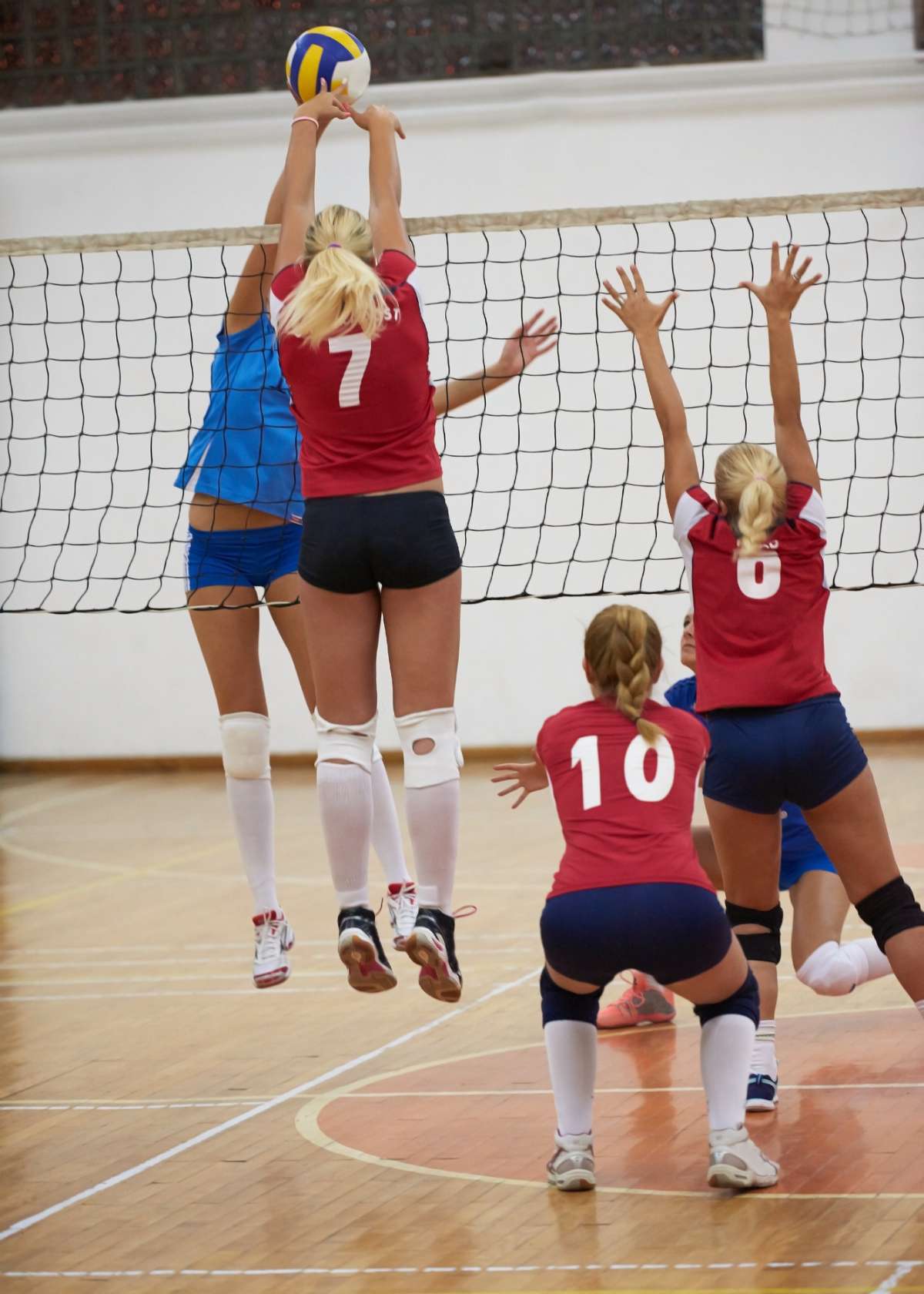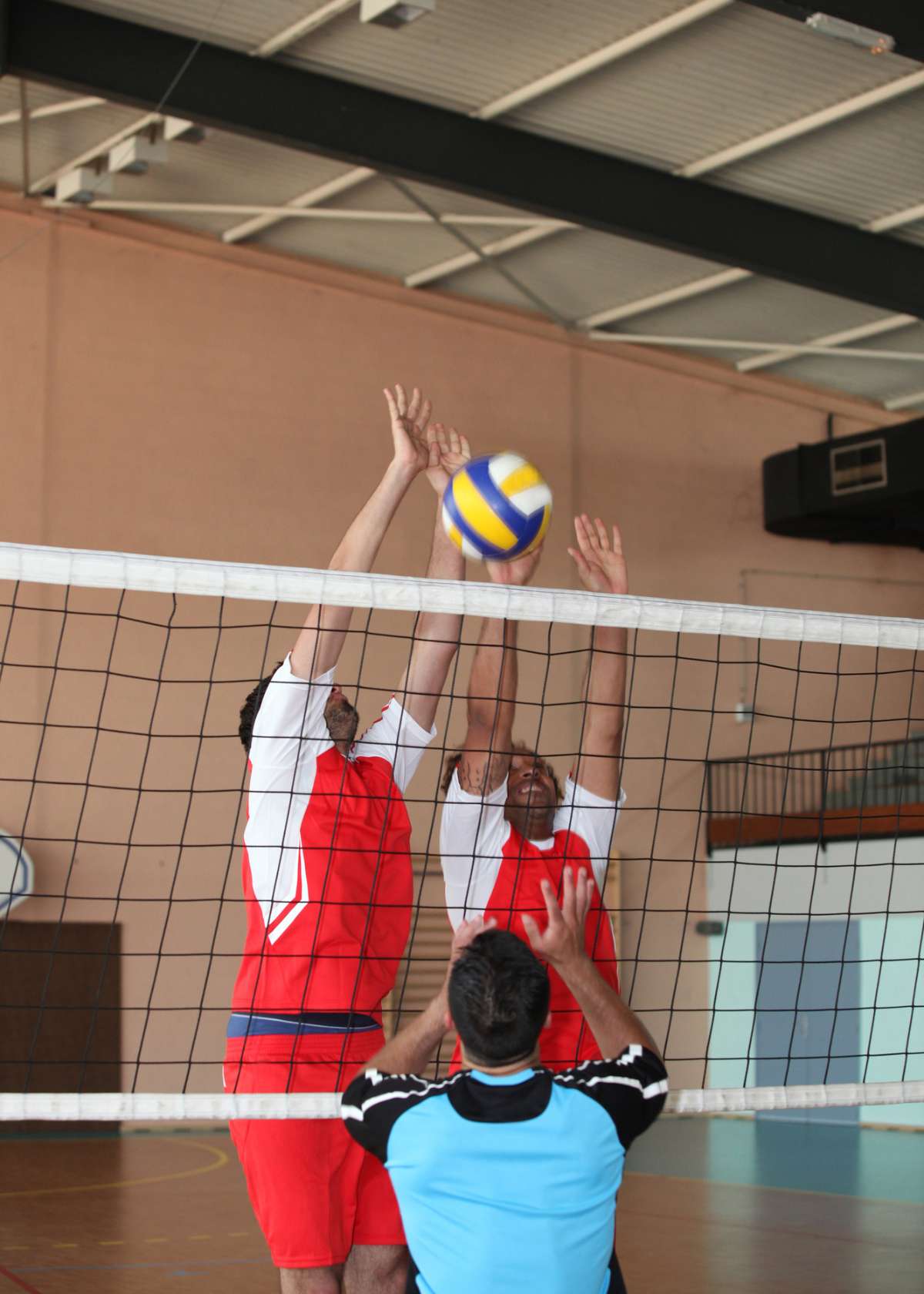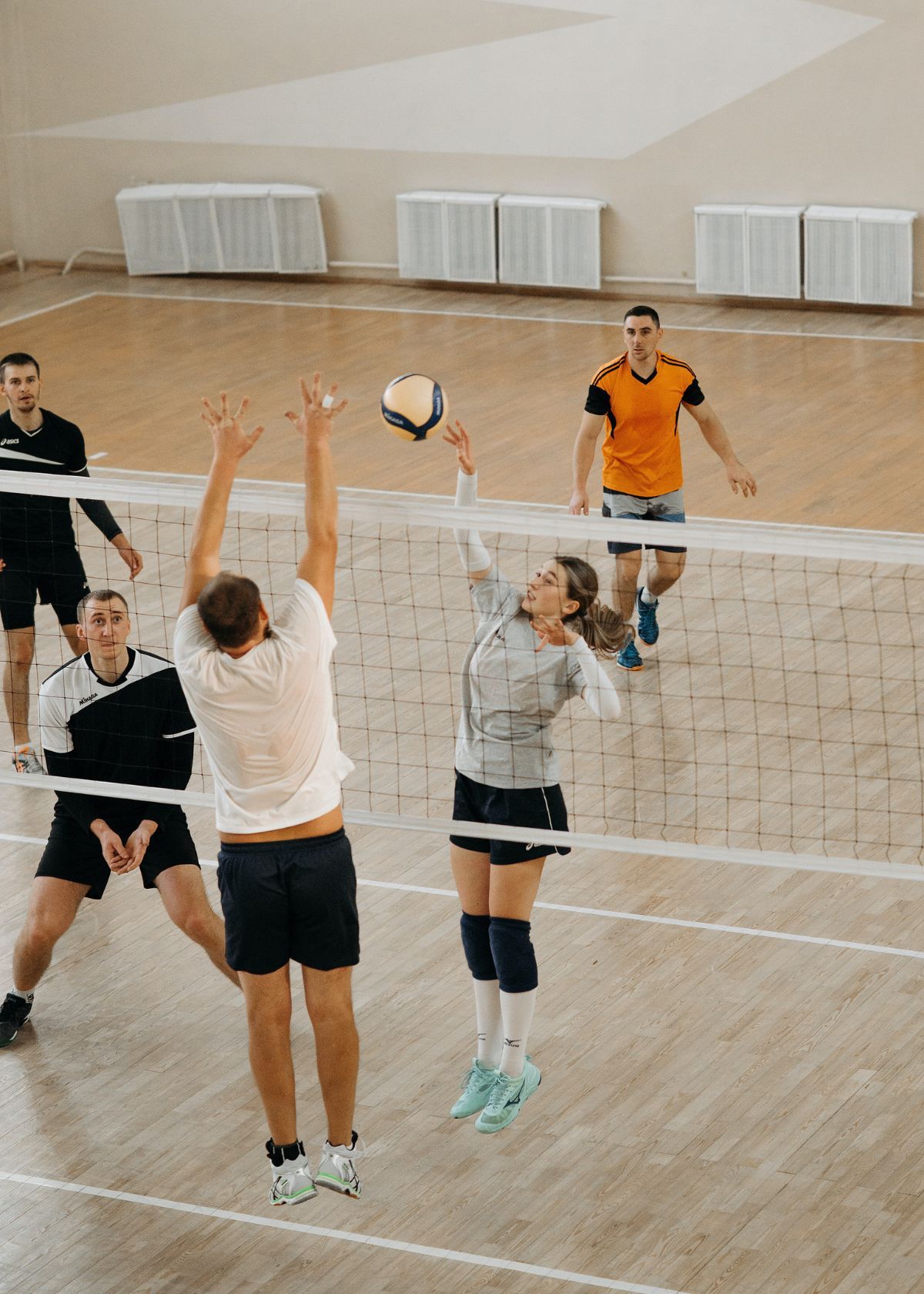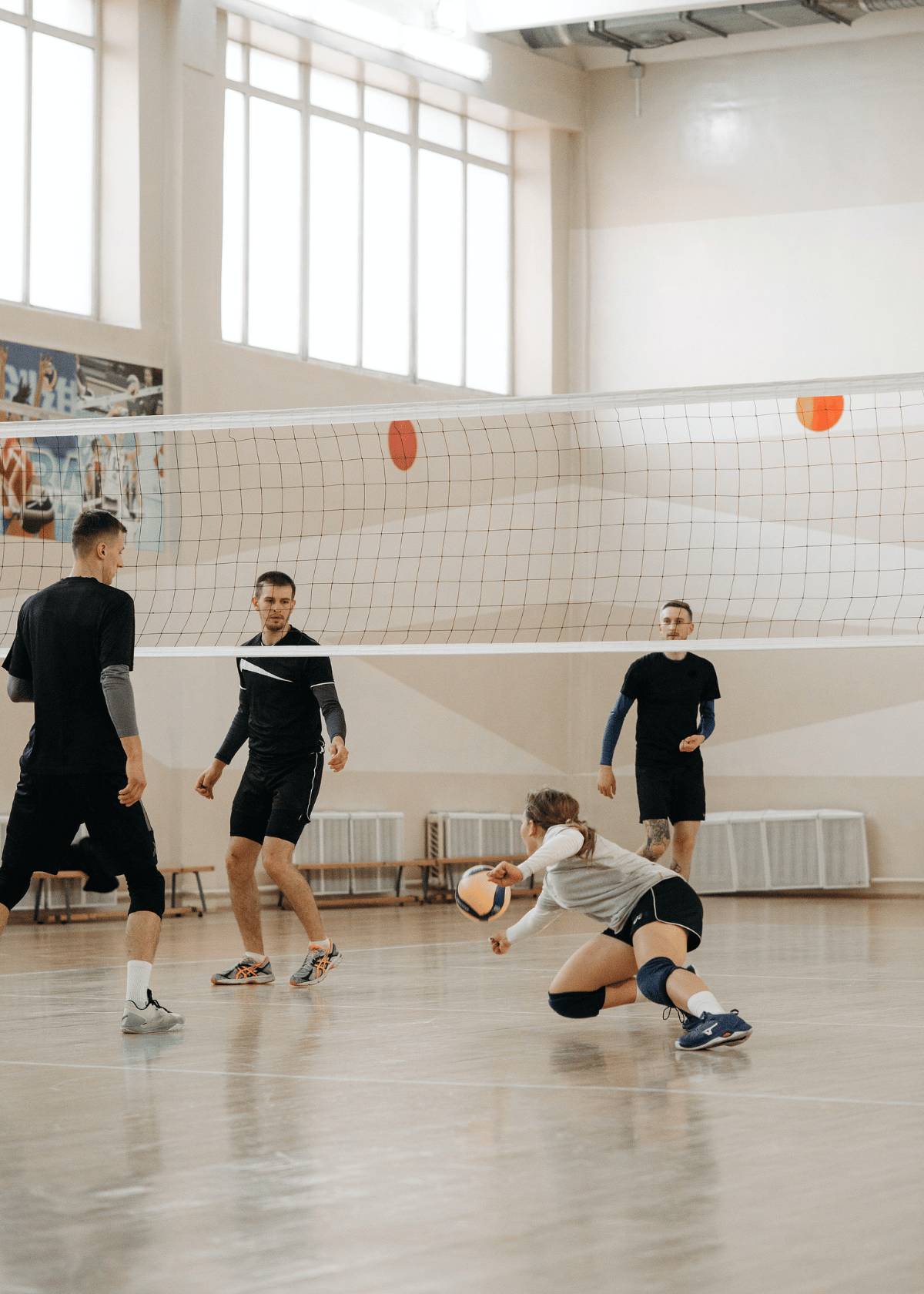Are you a volleyball enthusiast looking to get ahead of the game? One of the most challenging aspects of volleyball is mastering the game’s rotations. In any given match, a team must quickly adjust to the ever-changing positions set by the opposing team.
The subtle nuances of each rotation are crucial for success, and it takes hours and hours of practice to truly master them.
Learn some key tips and tricks to make sure your rotations are the envy of your competitors! Here’s our short guide on how to nail volleyball rotations every time.
What is a Rotation?
A rotation, in the context of volleyball, is when a player shifts from one position to another in order to ensure that all players on the court are playing specific roles and covering designated areas as part of an effective team system.
A rotation is when the serving team moves their playing positions clockwise around the volleyball court. The left front position (outside hitter) rotates to the middle front position (middle blocker), followed by the right front position (right side hitter), then the backcourt, and finally serving.
It's important for each player to understand their role within the team, and this includes understanding when and how they should rotate.
The process of rotating can help improve defensive strategies by allowing teammates to better cover open court space and provide support for each other.
When Should You Rotate?
As volleyball players, understanding volleyball rotation is key to success. Knowing when it’s time for you or your teammates to rotate can be tricky!
It’s important to remember that everyone should move as a unit—that means there’s no need for players who are located far away from the action (like those near the back row) to begin their rotation until those closer in have already done so.
Knowing when to rotate correctly can be the difference between an amazing play or an ace from the other team. Before you jump into a game of volleyball, it's important to understand where each volleyball player should rotate in order to stay in their correct rotational position.
Generally speaking, front-row players should move first, followed by those on either side, then by those in the back row. This will ensure that no open spaces are left uncovered during play.
If back row players do not follow the proper rotation, there are serious consequences for your team like giving away points to the opponents due to miscommunication.
How Can You Improve Your Rotations?
Once you know when it’s time for you or your teammates to rotate, it’s time for practice!
Mastering volleyball rotations requires strategic planning and quick reflexes—it’s not enough just knowing where you need to go; you also have to be able to get there quickly and efficiently before your opponents take advantage of any open spaces left behind by slow-moving players!
Practicing with your team will help build coordination between all members so that transitions between positions flow smoothly and effectively during gameplay.
1) Communicate with Your Teammates: Communication is key when it comes to getting your team's rotations right. Make sure everyone is aware of their role in the rotation as well as any changes that need to be made. Establishing hand signals between teammates can also help ensure everyone knows what they're supposed to do at all times.
If even one person is in the wrong position, it can lead to costly mistakes that may cost the team the game! So if you want your team to win, make sure you’re all on the same page about where each player should be.
2) Visualize Your Rotation: Visualizing your rotation is a great way to stay ahead of the game. Before each play, take a few moments to imagine how your team should rotate and where you should be moving during the play. This will help you anticipate potential problems before they arise and make it easier for you to adjust quickly if something does go wrong.
3) Practice Makes Perfect: Mastering volleyball rotations is the key to team wins! The best way to master volleyball rotations is by practicing them. Have your team practice different scenarios so they become comfortable with different ways of rotating and adjusting on the fly if necessary. This will help ensure that everyone is prepared for whatever might come up during an actual game situation.
Conclusion:
As any volleyball enthusiast knows, mastering volleyball rotations takes more than just skill —it takes practice and foresight!
With the right teamwork, mastering rotations can be an exciting team-building experience. Most team wins start with a cohesive team dynamic on the court and having positions that are well-thought-out and specific. With effort and dedication, mastering volleyball rotations will become second nature.
By following these expert tips, you'll be able to keep your team in check and nail those rotations no matter what situation arises on the court! So go out there and start practicing—you'll be hitting ace serves in no time!
If you're looking for the best volleyball shoes or the best indoor volleyball, check out our top picks.
Be sure to check out our other volleyball articles!
